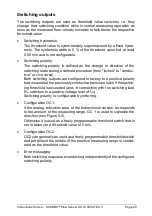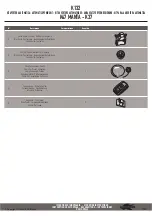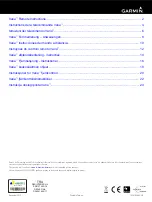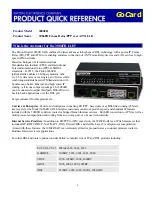
Instructions for Use
– SCHMIDT
®
Flow Sensor SS 23.400 ATEX 3
Page 20
Switching outputs
The switching outputs are used as threshold value switches, i.e. they
change their switching condition while in normal measuring operation as
soon as the measured flow velocity exceeds or falls below the respective
threshold value.
Switching hysteresis:
The threshold value is symmetrically superimposed by a fixed hyste-
resis. The hysteresis width is 5 % of the threshold value but at least
0.05 m/s and is not configurable.
Switching polarity:
The switching polarity is defined as the change in direction of the
switching state during a defined procedure (from "locked" to "conduc-
tive" or vice versa).
Both switching outputs are configured in factory to a positive polarity
that means that the previously conductive transistor locks if the switch-
ing threshold is exceeded (and, in connection with the switching load
R
L
, switches to a positive voltage level of U
S
).
Switching polarity is configurable by ordering.
Configuration OC1:
If the analog indication area of the bidirectional version corresponds
to the amount of the measuring range, OC 1 is used to signalize the
direction (see Figure 5-2).
Otherwise it is used as a freely programmable threshold switch that is
set in factory to a threshold value of 0 m/s.
Configuration OC2:
OC2 can generally be used as a freely programmable threshold switch
and per default the middle of the positive measuring range is consid-
ered as the threshold value.
Error messaging:
Both switching outputs are conducting independently of the configured
switching polarity.









































